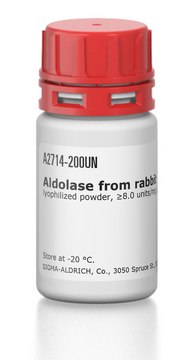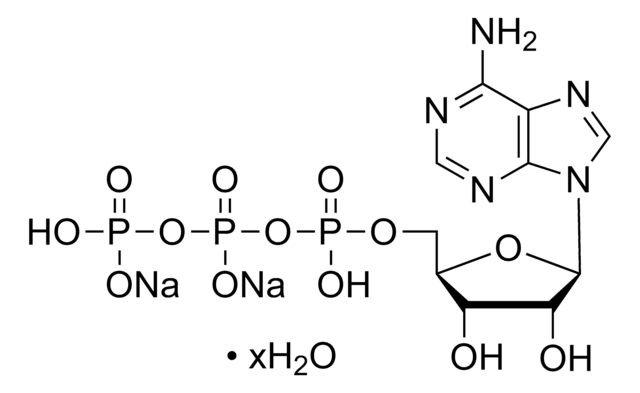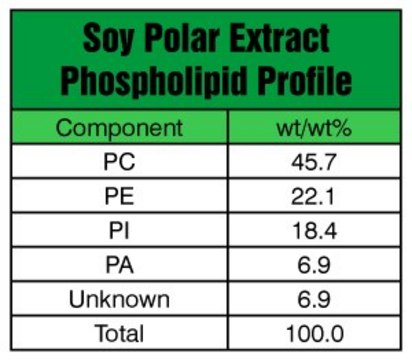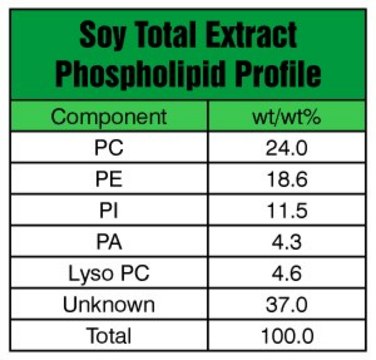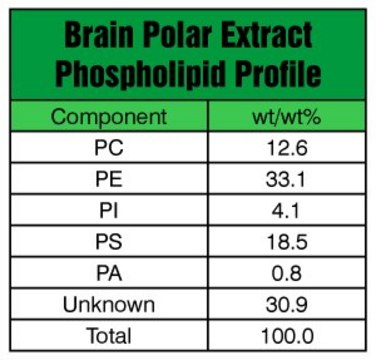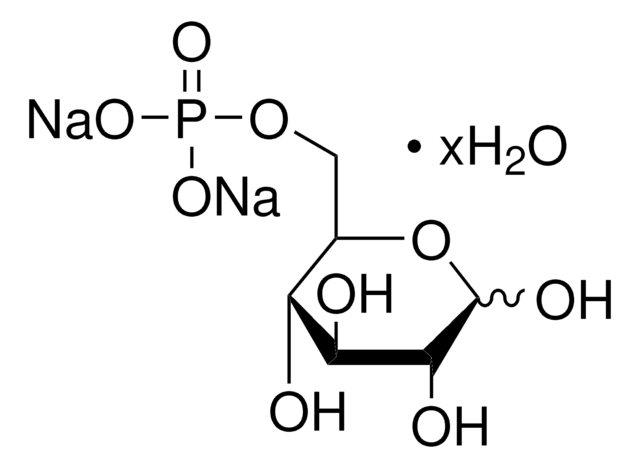SML3610
Gingerenone A
≥95% (HPLC)
Synonym(s):
(4E)-1,7-bis(4-hydroxy-3-methoxyphenyl)-4-Hepten-3-one, (E)-1,7-Bis(4-hydroxy-3-methoxyphenyl)hept-4-en-3-one
About This Item
Recommended Products
Quality Level
Assay
≥95% (HPLC)
form
powder
color
white to beige
solubility
DMSO: 2 mg/mL, clear
storage temp.
-10 to -25°C
1 of 4
This Item | 541601G | 541602C | 141101P |
|---|---|---|---|
| shipped in dry ice | shipped in dry ice | shipped in dry ice | shipped in dry ice |
| packaging pkg of 1 × 1 g (541602P-1g), pkg of 5 × 100 mg (541602P-500mg), pkg of 1 × 100 mg (541602P-100mg) | packaging pkg of 1 × 50 g (541601G-50g) | packaging pkg of 2 × 20 mL (541602C-1g), pkg of 1 × 4 mL (541602C-100mg), pkg of 5 × 4 mL (541602C-500mg) | packaging pkg of 1 × 100 mg (141101P-100mg), pkg of 5 × 100 mg (141101P-500mg) |
| storage temp. −20°C | storage temp. −20°C | storage temp. −20°C | storage temp. −20°C |
| form powder | form granular | form chloroform solution | form powder |
| manufacturer/tradename Avanti Research™ - A Croda Brand | manufacturer/tradename Avanti Research™ - A Croda Brand | manufacturer/tradename Avanti Research™ - A Croda Brand | manufacturer/tradename Avanti Research™ - A Croda Brand |
| lipid type lipid extracts | lipid type phosphoglycerides | lipid type lipid extracts | lipid type lipid extracts |
Biochem/physiol Actions
Storage Class Code
11 - Combustible Solids
WGK
WGK 3
Flash Point(F)
Not applicable
Flash Point(C)
Not applicable
Choose from one of the most recent versions:
Certificates of Analysis (COA)
It looks like we've run into a problem, but you can still download Certificates of Analysis from our Documents section.
If you need assistance, please contact Customer Support
Already Own This Product?
Find documentation for the products that you have recently purchased in the Document Library.
Customers Also Viewed
Articles
Review the 10 steps of glycolysis in the Embden-Meyerhof-Parnas glycolytic pathway. Easily compare reaction stages and buy the enzymes for your life science research.
We presents an article about the Warburg effect, and how it is the enhanced conversion of glucose to lactate observed in tumor cells, even in the presence of normal levels of oxygen. Otto Heinrich Warburg demonstrated in 1924 that cancer cells show an increased dependence on glycolysis to meet their energy needs, regardless of whether they were well-oxygenated or not.
Our team of scientists has experience in all areas of research including Life Science, Material Science, Chemical Synthesis, Chromatography, Analytical and many others.
Contact Technical Service
